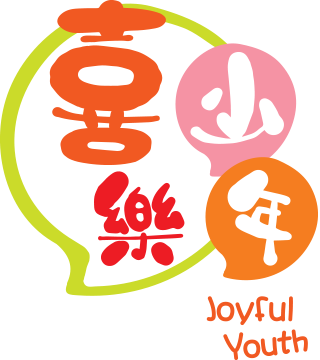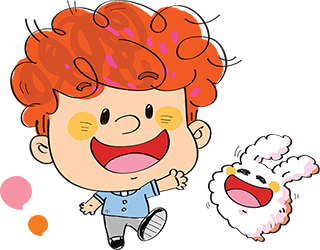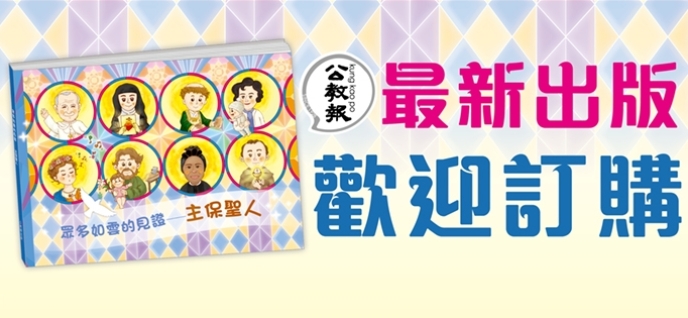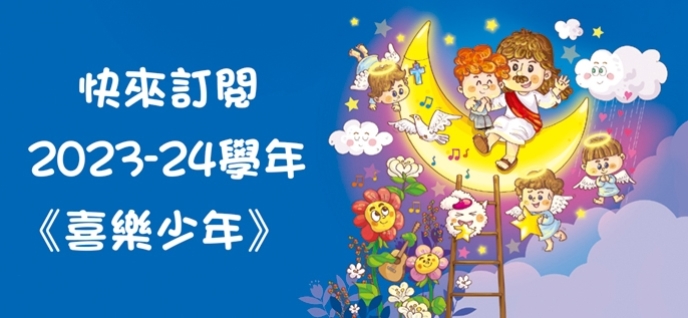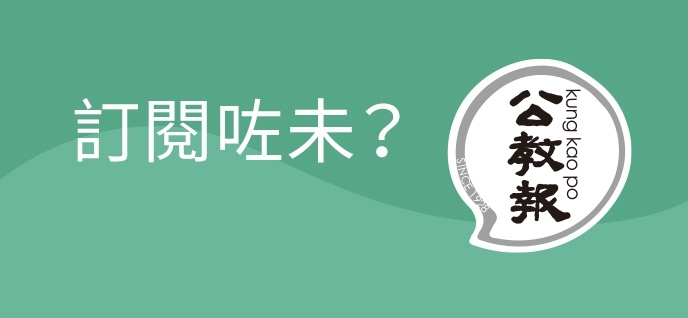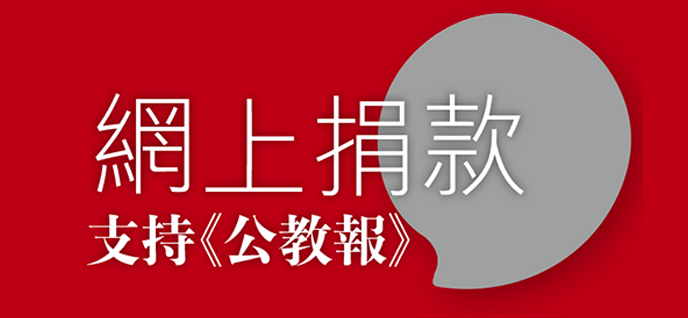
Back to square one
Imagine that one morning, your class teacher explained to the class about a new project,
“Listen carefully. If you make any mistakes in the project, you need to go back to square one.”
What would happen to you if your project was wrong? The idiom “back to square one”(從頭做起)means start all over again because of failure.
According to dictionaries, the phrase “square one” is linked to children’s games. Do you have any idea what games they are?
The first one is called “hopscotch”(跳飛機、跳房子). It can be found on school playgrounds or in children’s parks. The hopscotch pattern on the ground is divided into 10 squares and numbered from 1 to 10. The players throw a small object (e.g. a coin) into the numbered squares, and then hop or jump through the squares to pick up the object. The players hops to square 10 and then “back to square one”. There are many ways of playing hopscotch around the world. Which way do you normally play with your friends?
Another game which is also related to this idiom is called “Snakes and Ladders Game” (蛇梯棋). This classic board game, which is called “Chutes and Ladders Game”(滑道梯子棋)in the USA, is very popular among children. The game is played between two or more players on a game board with 100 squares numbered 1 to 100. Players take turn to roll a dice and move their own game piece along the squares. If the players land on the ladders, they can move upwards. If the players land on a square with a snake on it, they have to slide down and sometimes go “back to square one”. However, not all game boards for Snakes and Ladders have a snake in square one.
Al though this idiom looks similar to the idiom “back to basics”, they differ in meaning. “Back to basics” means “returning to fundamental principles”.
The toy company promised to get back to basics(回歸基本)after a huge loss in business.
The teacher thinks that the “back-to-basics” (重回基礎訓練) approach can help her students more.
